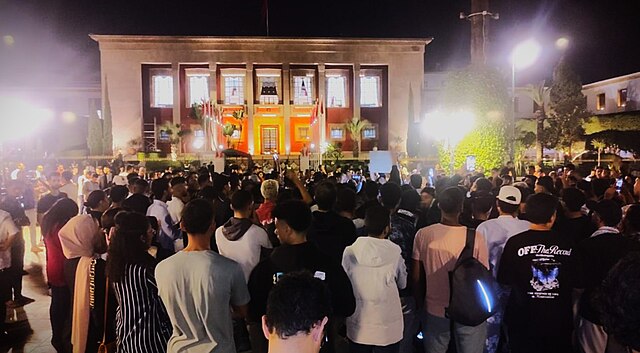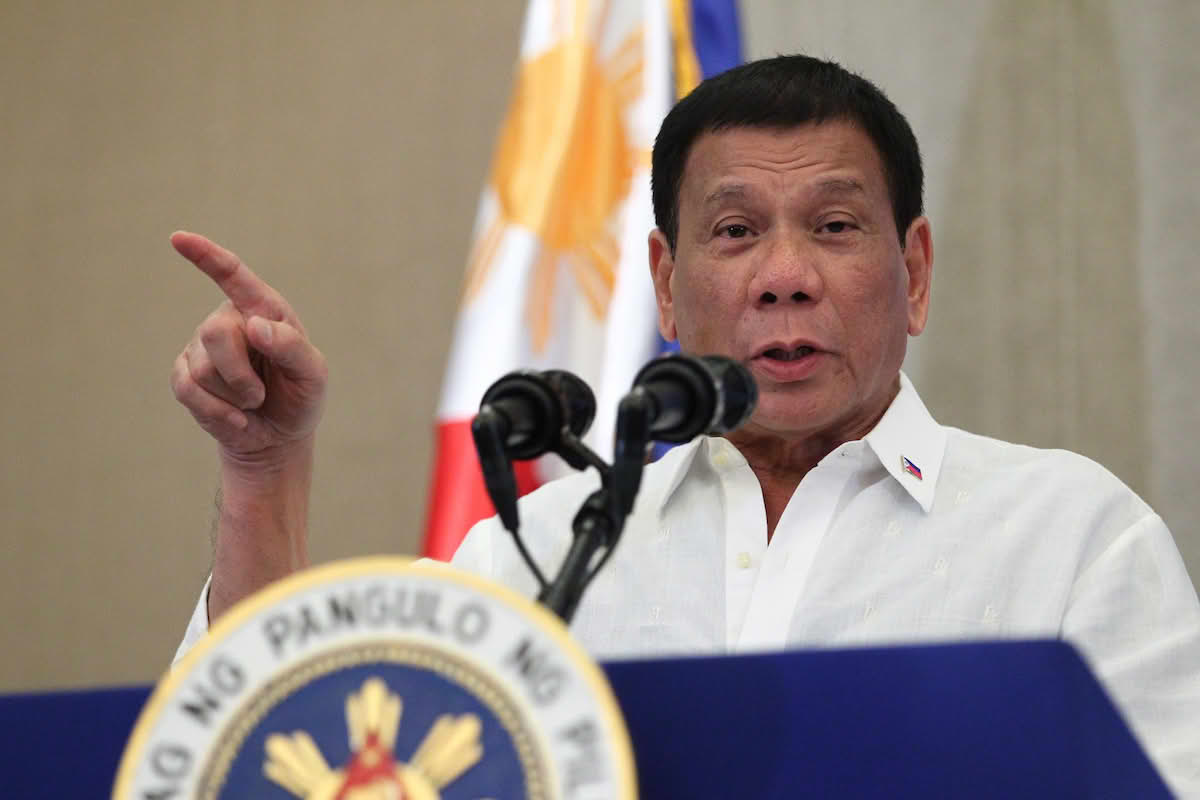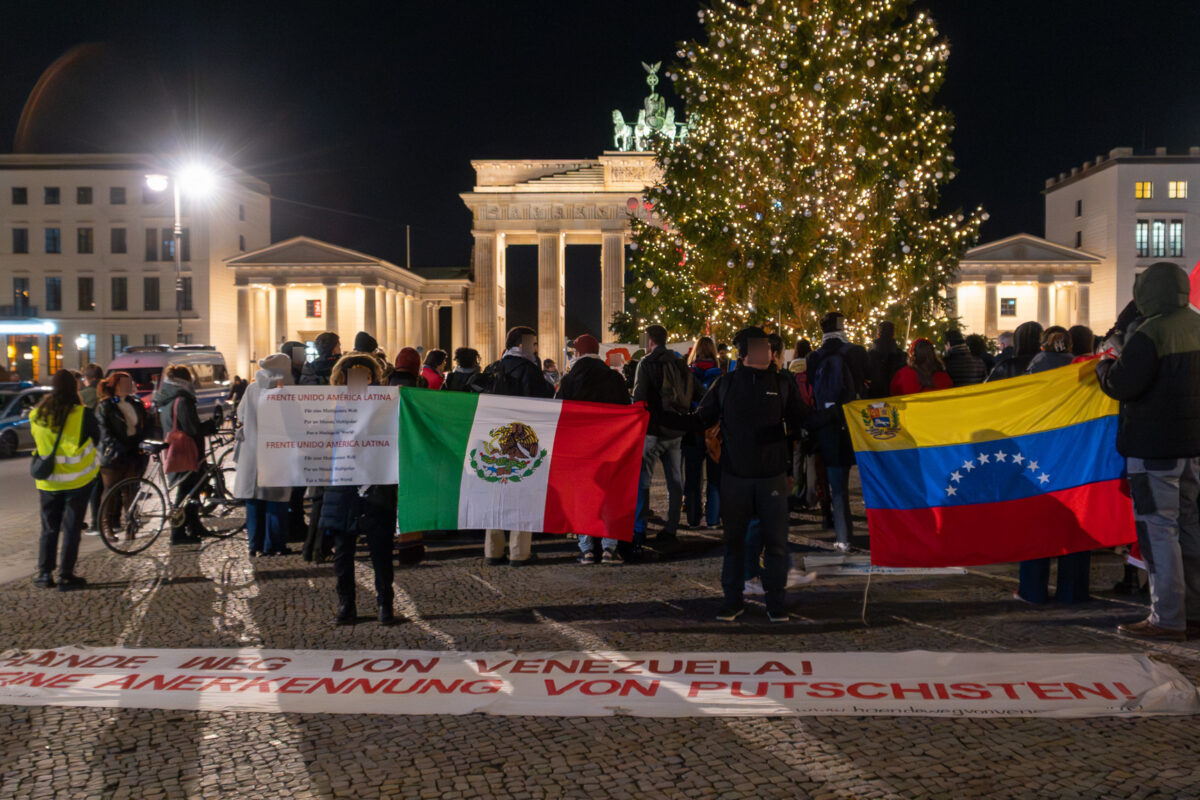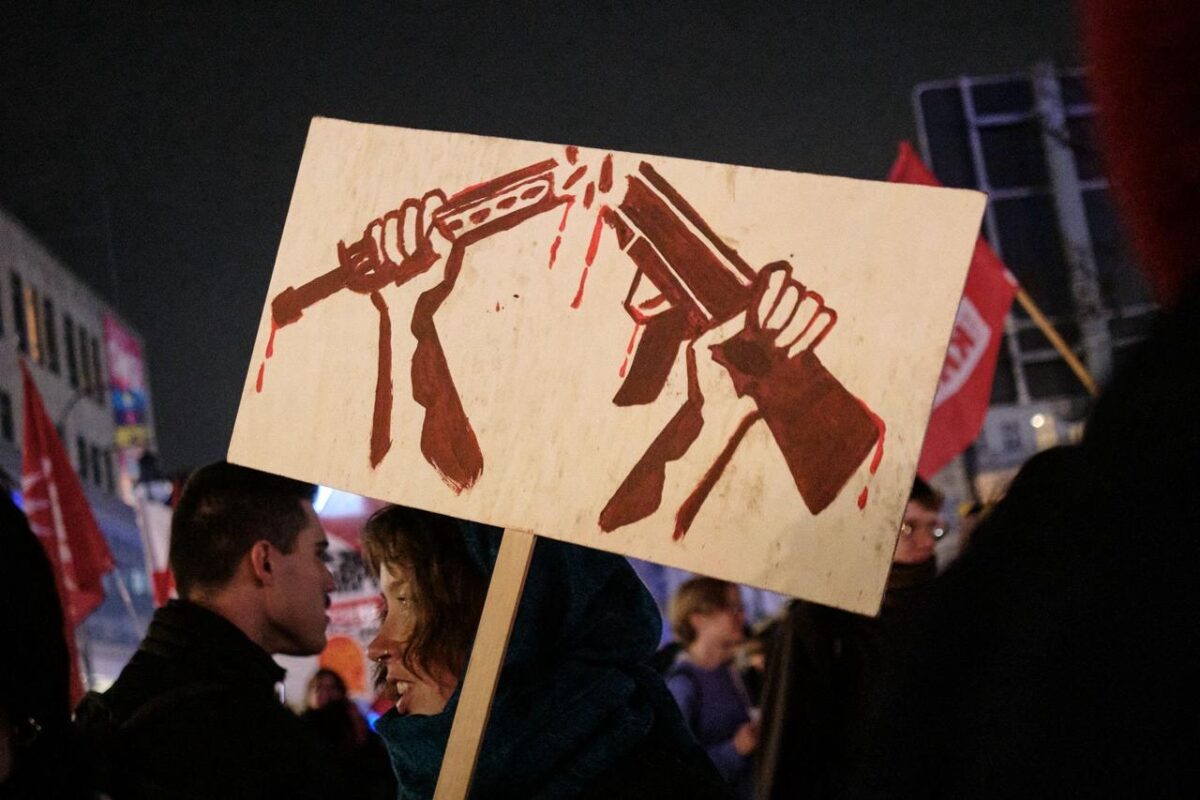Morocco is currently—Autumn 2025—witnessing a broad, youth-led mass protest movement that has brought back to the forefront fundamental questions of social justice, basic rights, the deterioration of public services, and the political legitimacy of the regime. This movement, which took the name “Gen Z 212”—after the country’s international dialing code—did not arise from a vacuum. It is the result of a long accumulation of poverty, marginalization, unemployment, corruption, and the collapse of essential public sectors such as health and education. The spark came from a tragedy at Hassan II Hospital in Agadir, where several women died during childbirth due to lack of care. That incident ignited a social uprising that quickly spread to major cities including Rabat, Casablanca, Fez, Marrakesh, Salé, and Oujda. Yet this movement is more than an eruption of social anger—it represents a new form of political action, one rooted in digital, network-based organization that moves from the virtual sphere into the streets.
What distinguishes this experience is its transcendence of traditional organizational methods, creating a new leftist horizon that merges the social with the technological. Young people relied on platforms such as TikTok, Instagram, and Discord as spaces for discussion, planning, and collective decision-making. There was no centralized or hierarchical leadership—rather, flexible horizontal networks united by common goals. This decentralization became a source of strength and protection against repression and infiltration, allowing the movement to reorganize itself even amid arrests, account deletions, and censorship. Every time one account was shut down or an activist was detained, new ones appeared. The digital sphere turned into an open, collective leftist school that produced a new consciousness grounded in people’s daily needs, not in theoretical slogans. This is the practical expression of the concept of the Electronic Left, which views the digital realm as an essential extension of class struggle—where the internet becomes the new factory for producing awareness and resistance.
The demands raised by Gen Z 212—better education and healthcare, fighting corruption, creating dignified jobs, and achieving social justice—embody the living essence of leftist thought rooted in the needs of the working classes. Though not formally ideological, the movement carried a clearly Marxist and practical spirit: starting from concrete reality to transform it step by step in favor of the majority. It revived the dialectical and practical dimension that much of the traditional left had lost when it became trapped in theoretical debates detached from the people’s real suffering.
The state responded with double repression—physical and digital. On the streets, there were arrests, beatings, gunfire, and tear gas; online, there were account suspensions, content removal, and digital surveillance. Yet this repression did not break the movement; it made it more adaptable and aware. Youth activists developed new forms of assembly, used more secure digital tools, and shifted toward local, grassroots organizing with horizontal coordination. Thus emerged a dual consciousness of resistance—on the ground and online—illustrating what the Electronic Left calls the digital class struggle, where modern mechanisms of control collide with popular tools of liberation. The fight for freedom today is inseparable from control over technological means—and from the creation of independent, leftist, digital alternatives outside the grip of capitalist tech corporations and authoritarian states.
Despite its strengths, this new organizational model still faces the challenge of transforming spontaneous energy into a structured, radical emancipatory project. Without a strategic vision, such movements risk fragmentation. Here lies the role of a renewed, digitally grounded and real-world left: to build bridges between online and street struggles, connect immediate demands with a socialist horizon, and develop flexible, democratic, collective forms of organization that unite progressive forces around shared goals. What is happening in Morocco sends a clear message to leftist forces worldwide: the future belongs to the left that can merge technology with class struggle, the street with the network, collective consciousness with practical action.
The Electronic Left does not replace the historical left—it continues and develops it. It calls on parties, unions, and social movements to integrate the digital dimension into their strategies, to overcome bureaucracy and ideological rigidity, and to confront not only traditional capitalism but also digital capitalism, which reproduces class domination through data control, platforms, and algorithmic manipulation. A genuine left resurgence requires a dialectical balance between historical experience and digital innovation, between grassroots organization and technological flexibility, between older generations and the digital youth.
The Gen Z 212 movement shows that a left disconnected from young generations and their tools cannot influence reality. Today, class struggle begins in the neighborhood—and continues in the digital sphere.
Full solidarity with the young women and men and with the working people of Morocco who confront repression and marginalization with courage and consciousness, fighting for dignity, freedom, and genuine social justice—and with all progressive, leftist, unionist, and human rights forces that stand by them, defending the right to organize, to express, and to live in equality and dignity.




